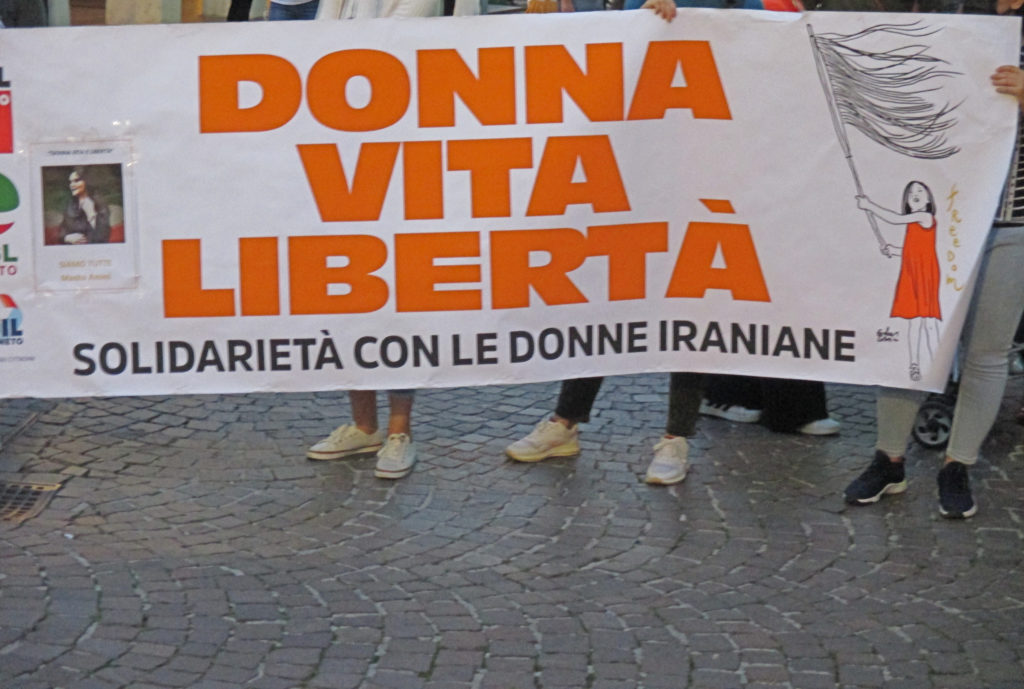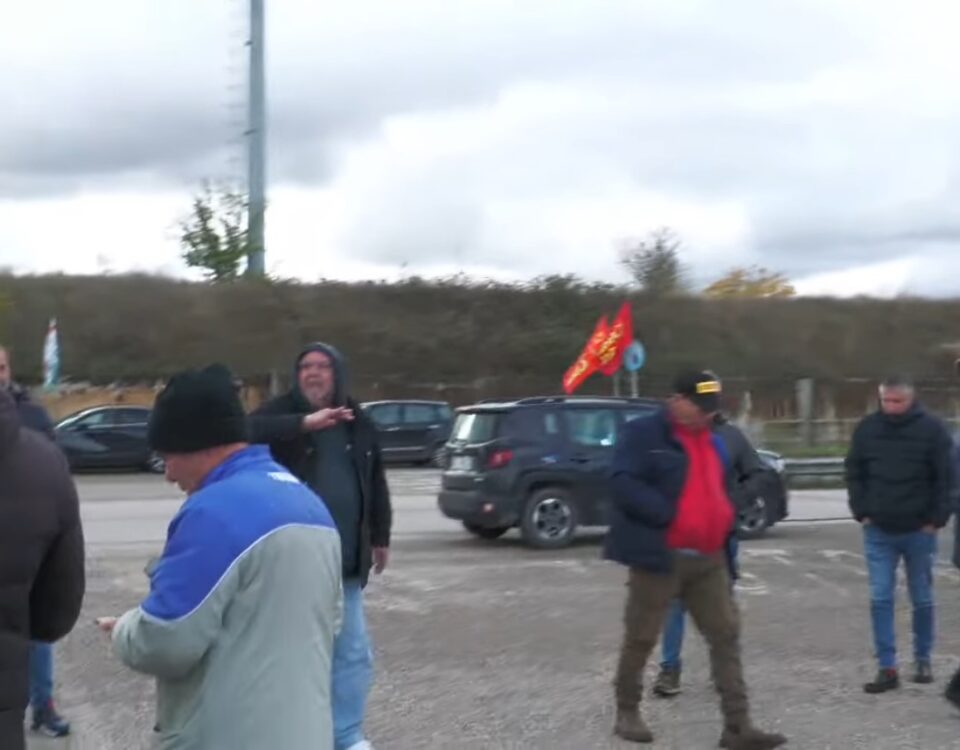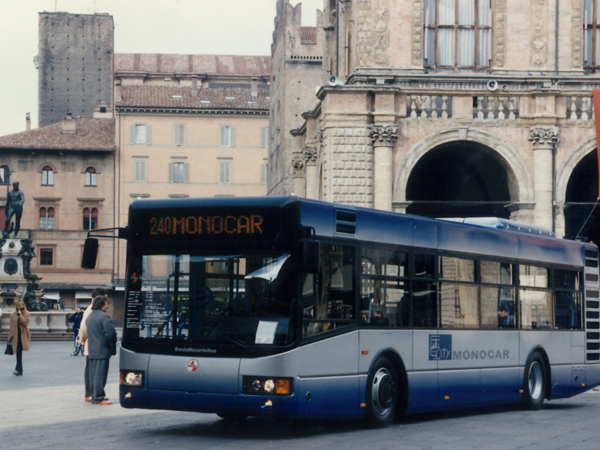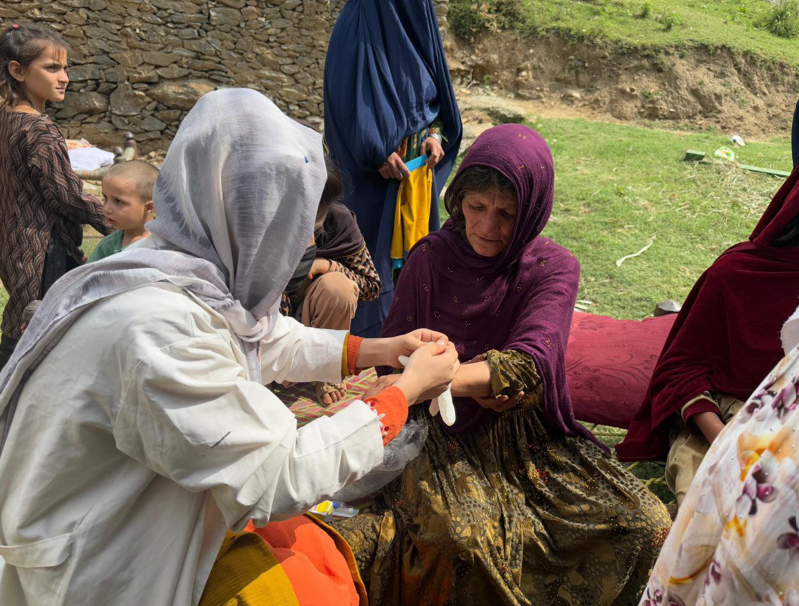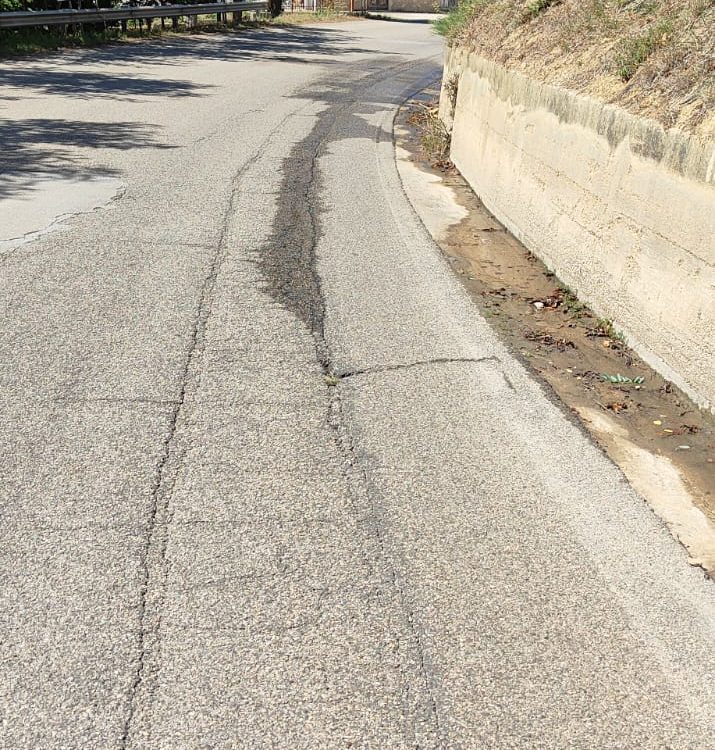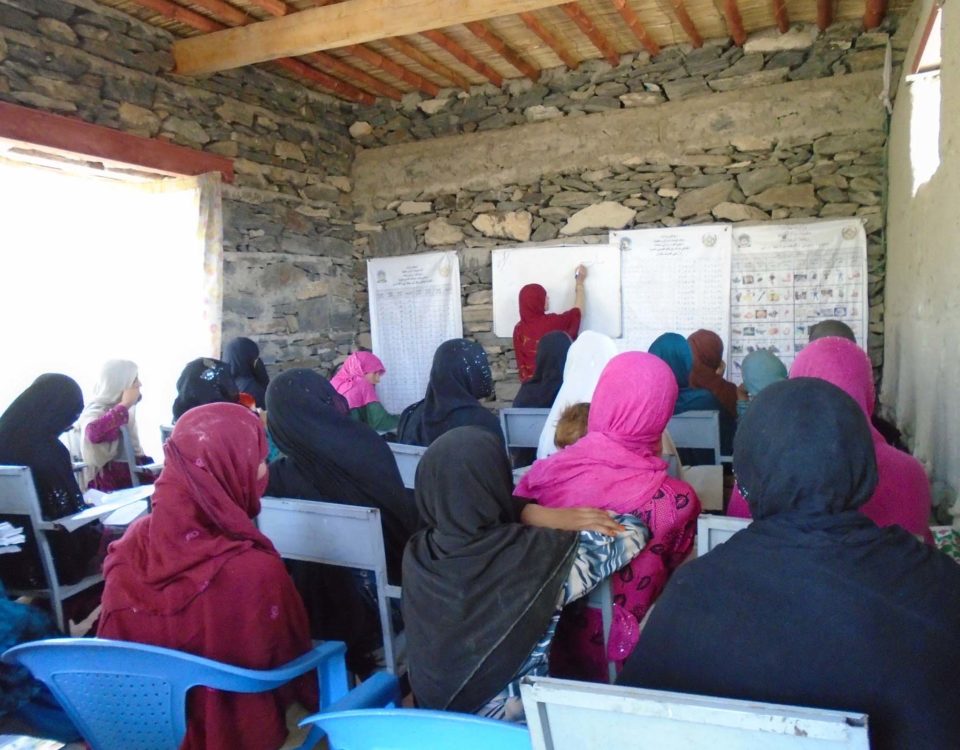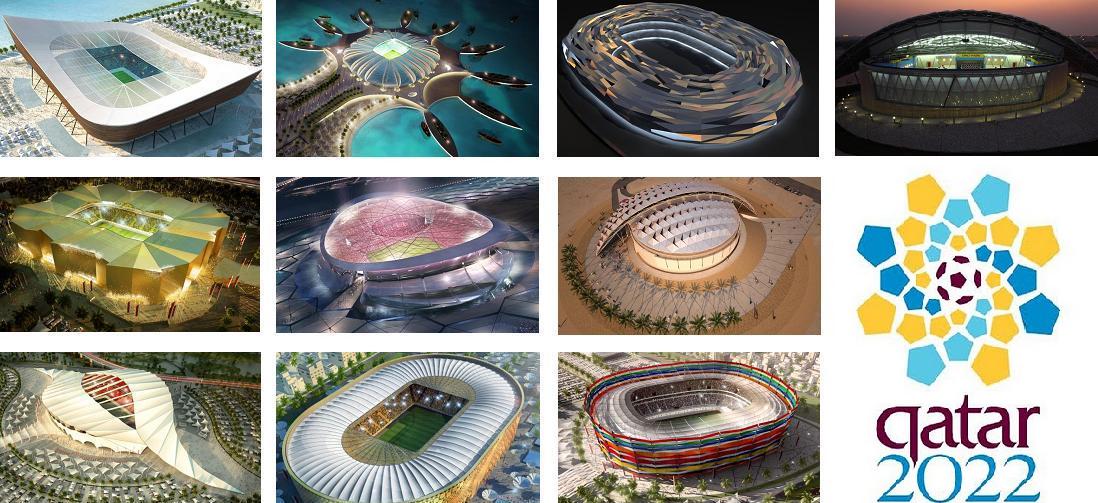
I mondiali in Qatar, tra calcio e geopolitica
15 Novembre 2022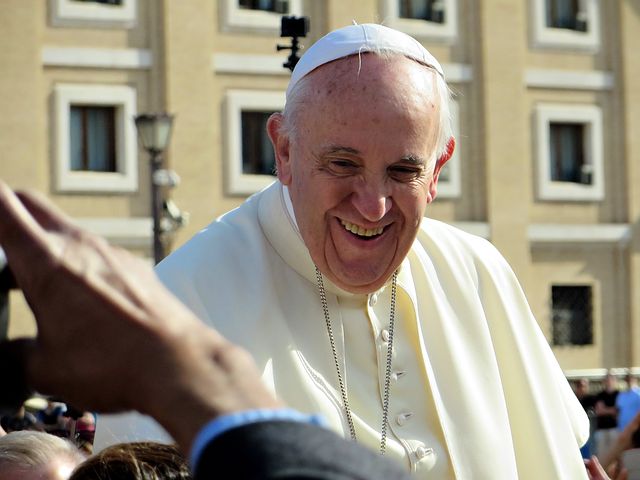
Papa Francesco, scrittore record: 838 pubblicazioni
17 Novembre 2022‘Women – Life – Freedom’: The Iranian cry for freedom arrived to Italy
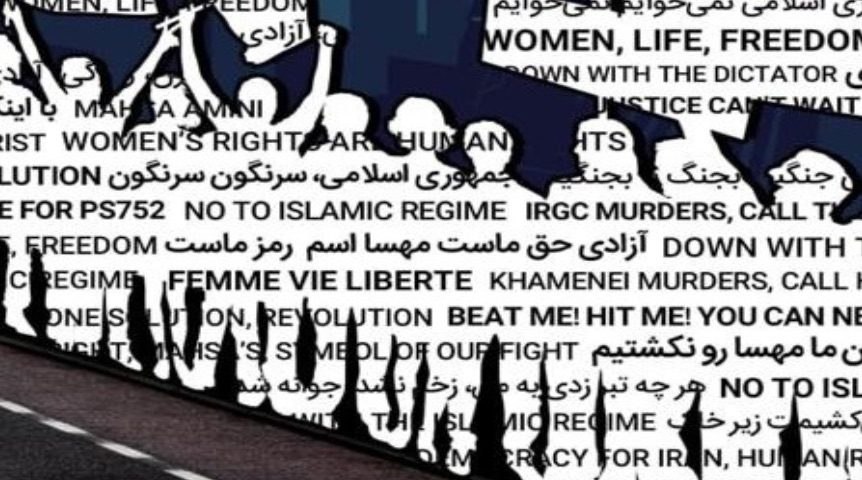
The protests in Iran began on September 16 after the death of Mahsa Amini, and there is no repression, act of force or intimidation that can stop the flow of Iranians crowding the streets of the cities of Iran, and of the world, to protest against the Islamic regime and to claim the right to freedom.
The Iranian song سرود زن (Soroode Zan) says: «Breathe like this. Sing that the city becomes a song. May this homeland become a homeland».
And on Saturday 29 October the historic centers of many cities in Italy (like Padova), Europe and the world spoke and sang in Persian at the manifestation called Human chain across the globe. The Link to the Revolution in Iran.
An event became a collective embrace that cry for the defense of freedom, and organized by PS752justice, a non-profit independent organization, and with no ties to any political parties or movements, that represents the families of 140 of the victims of the flight PS752 shot down by the Iranian Revolutionary Guard Corps (IRGC). The association through public protests spread all over the world (such as that of October 29) asks for justice and not to forget what happened on the Iranian skies on January 8, 2020.
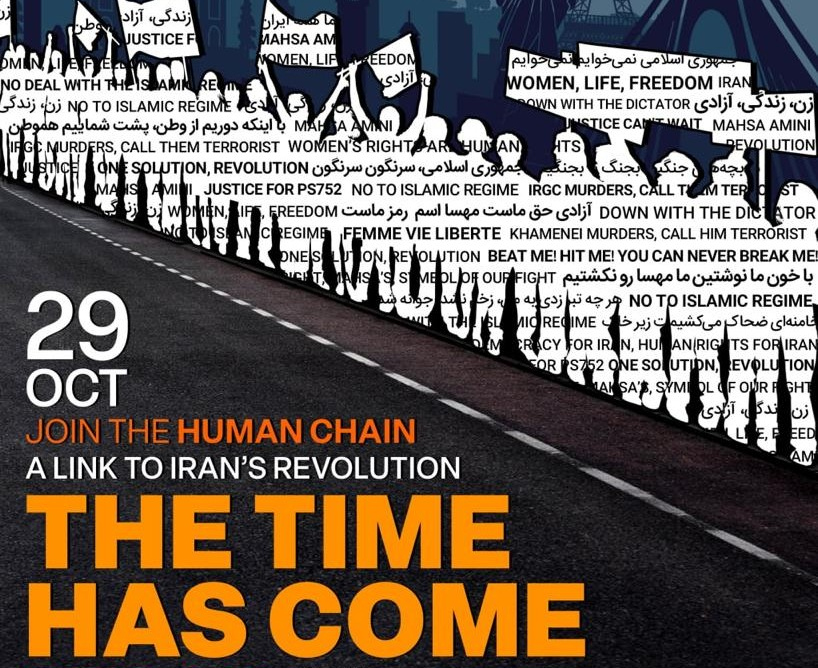
What happened to flight PS752 on January 8, 2020
Before narrating the event that took place in Padua on October 29, it’s best to remember what happened on January 8, 2020 when flight PS752 was shot down.
Shortly after take-off, which took place an hour late, the Boeing 737-800 of Ukraine International Airlines that was flying on the route from Tehran to Kiev was shot down by the Islamic Revolutionary Guard Corps (IRGC), killing all 176 passengers and crew aboard. Before the IRGC admitted their responsibilities, immediately the disaster appeared strange for many reasons: for example, as reported by the report resulting from the investigations carried out by the PS752justice association, the passengers’ devices and personal belongings have been destroyed.
The conclusion of investigations by various Western intelligence agencies and the Iranian public revealed that the plane had been struck by two surface-to-air missiles. On January 11, 2020, the Iranian government admitted that the IRGC had targeted Flight 752 after misidentifying it as an American cruise missile as it appeared to be heading for an IRGC “sensitive military center”, which is why he was mistaken for a hostile target.
The Iranian Civil Aviation Organization, as well as the PS752 report, disputed this hypothesis, arguing that the aircraft always has traveled on the correct route and there was no proven flight deviation.
It’s better recall that 5 days before that the plane was shot down, Qasem Soleimani was killed, increasing the tension between the United States and Iran. Protests against Ali Khamenei and the regime broke out in Iran following the IRGC’s statements.
A human chain for Iran
It’s afternoon, it’s almost five, when I arrive in front of Palazzo Moroni in Padua. There are already many people, mostly Iranians, who gradually form a human chain, holding each other’s hands.
Progressively other demonstrators arrive and the choirs grow. The participants sing to freedom, against dictatorships, against the impositions of the Islamic regime, and obviously for Mahsa and all Iranian women.
The slogan “Zan, zendegi, azadi” (زن زندگی آزادی – Woman, life, freedom) reaches up to the sky, and through the streets of Padova flow the Persian songs that have become a symbol of the Iranian revolution, including Baraye (برای) Soroode Zan (Woman’s Anthem, سرودِ زن) and then also our Bella Ciao.
«The protests that are now taking place in Iran are the result of a complex social situation that lasts for a very long time» tells me an Iranian man who came from Verona with another group of people. «The Mahsa death was the straw that broke the camel’s back».
He’s not the only one who thinks so. Many Iranians repeat to me that the regime limits and violently represses people’s individual choices and freedoms. An Islamic authoritarian system that they strongly reject.
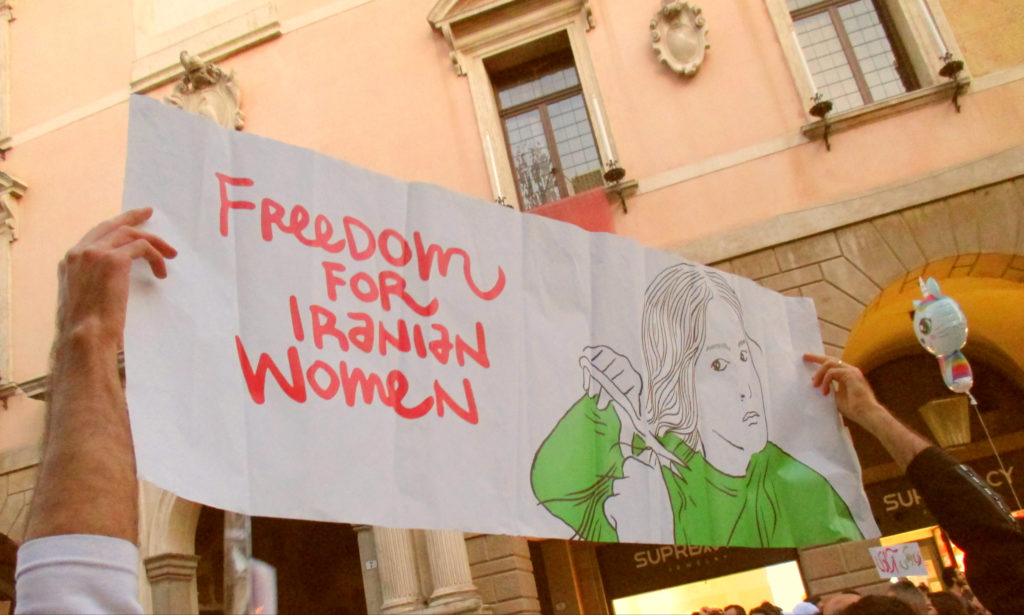
«Due to the internet block, I only hear from my family once a day and for a maximum of one hour», a girl tells me. For the Iranian who are in Italy and away from home, there is a lot of concern about what is happening in their country.
We recall that recently the tension has risen, the protests don’t intend to stop and the suppression is becoming harder. In last weeks, the Iranian security agents enter the school asking the students to sing the propaganda song “Hello Commander” in praise of Iran’s ruler Ali Khamenei, girls who refuse to sing are beaten to death.
An Iranian girl reminds me the attack on Shiraz. As reported by the news released by Iran International: «ISIS has taken responsibility for the Wednesday attack on a shrine in Shiraz but many Iranians are not convinced the regime had no part in it, saying it is a scenario for cracking down harder on protesters». After all this attack can serve as a pretext to silence even more the voices of dissent.
The year 1979 always comes up when I talking to Iranian people, in fact, 1979 was the year in which Ayatollah Ruhollah Khomeini came to power, transformed Iran, which was a monarchy, into a Shiite Islamic republic.
A change that radically transformed customs and ways of life in Iran: before Ayatollah Ruhollah Khomeini came to power, women were free to dress as they wanted, they wore miniskirts and had loose hair; images that if compared to the frames of the incarceration of Mahsa show how much the country has changed due to the regime.
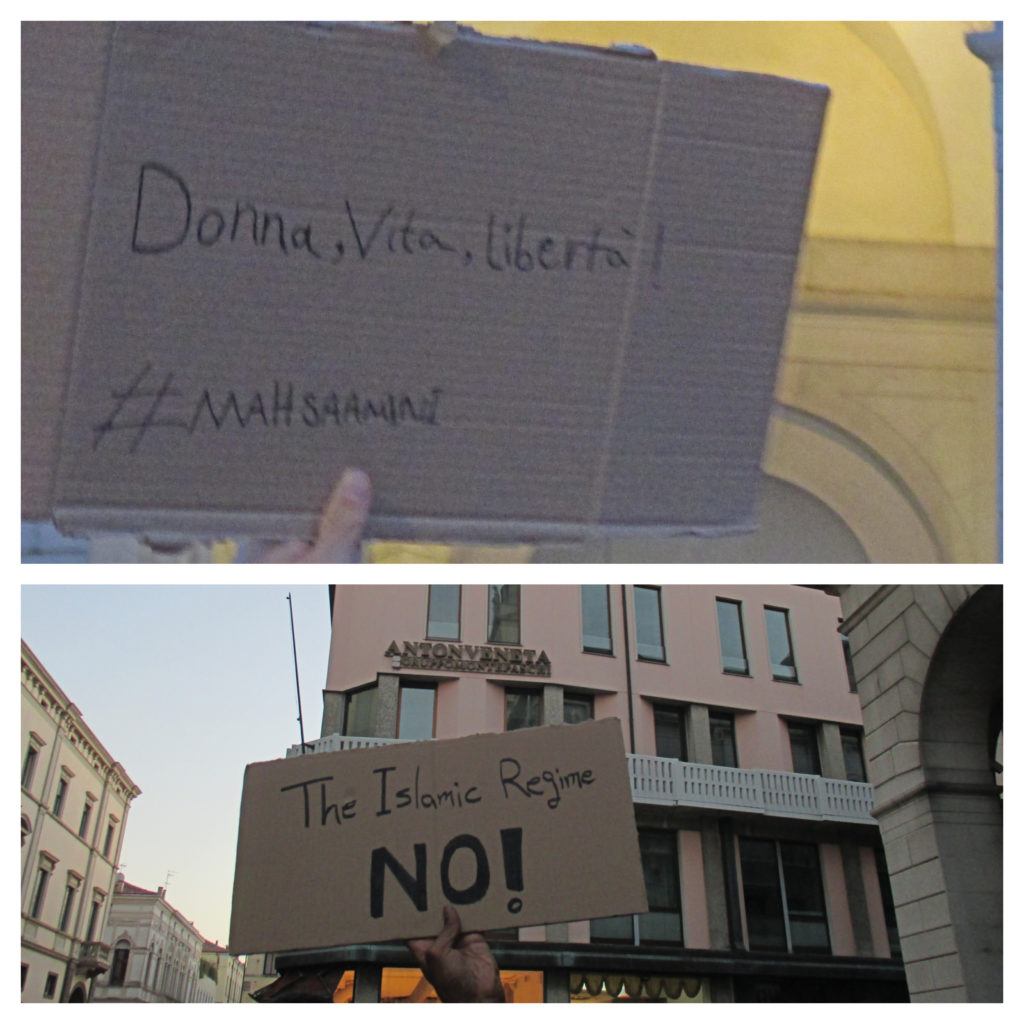
«Nobody wants the hijab. Neither males nor females» an Iranian tells me.
Personally, I have met very few Iranian girls who wear the hijabs, and obviously their choice is certainly not imposed by the regime, and it’s precisely here that freedom of expression is demonstrated: by deciding what to do or not to do, what wear or not to wear autonomously without external constraints.
At this point it is necessary to make a clarification: in general, especially in Italy, there is a confusion between Arab and Persian culture. Is not correct to define the current protest in Iran as the “new Arab spring”, because Arab and Persian are two distinct cultures; so for that is better call this: “Iranian revolution“.
The Iranian revolution is underway and maybe happens like the song intones: “may this homeland become a homeland“.
